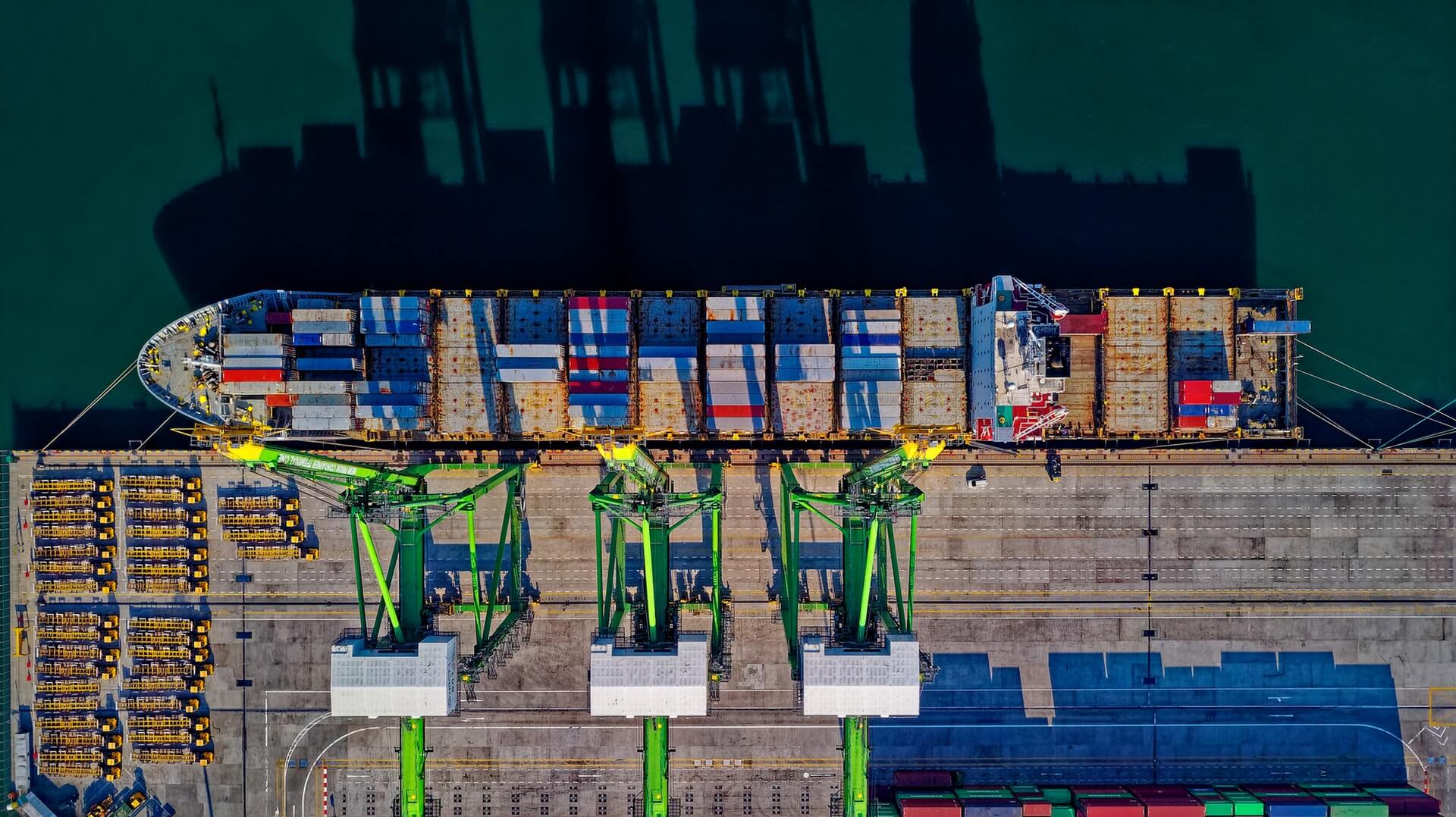
Comparing offers for air freight and ocean freight - Comparing transport offers is still a problem
by Rebekka Scholz
Market segments in air freight and ocean freight forwarding
The air freight and ocean freight forwarding market essentially consists of six different types of offer. Offers for air freight shipments always relate to general cargo shipments, while sea freight shipments are differentiated between less-container load (LCL) and full container load (FCL), i.e. general cargo shipments and container transport. Air and ocean freight transport offers are differentiated in two other ways. There are so-called spot offers, which relate to a specific shipment, and rate offers. The latter are a kind of framework contract that is valid for a certain period and includes, for example, kg prices, so-called rates. These can be used to calculate specific shipment costs for air freight or container shipments.
For obtaining and comparing transport offers with airfreight and ocean freight forwarders, there are some services between which companies that rely on transport services can choose.
Freight consultants help to find cheap freight forwarders
Hiring freight consultants is a way for shippers to find new air freight and ocean freight forwarders and to compare their transport offers with those of the current freight forwarder. Freight consultants usually develop Excel templates that are to be used by logistics service providers for quotation purposes, or they simply summarize or harmonize the data of the logistics provider offers in individually developed templates. This enables the consultants to compare the various transport offers and give the shippers recommendations on which logistics service providers to work with best. A second approach by freight consultants is to tender transports. Freight forwarders who take part in a tender are usually larger companies because they have the know-how to process a tender and can also bear the associated financial and legal risks. As a rule, such freight consultants are commissioned by larger or medium-sized shippers.
| RFI (request for information) | Presentation of corporate structure |
| RFP (request for proposal) | Explanation logistics concept |
| RFQ (request for quotation) | Delivery rates / prices |
Smaller freight consultants are active for regional shippers, larger freight consultants work at country level. Your pricing is usually a percentage of the price reduction achieved or a contractual fee for consulting services. One focus of their service is increasingly on finding cheap freight forwarders or getting cheap transport offers.
Tender platform for the comparison of forwarding agents
Tender and tender platforms usually work in the area of long-term price agreements and use Excel spreadsheets, which are filled in by air and ocean freight forwarders and uploaded online. Senders and logistics service providers have to register on the platforms. The tendering procedure corresponds to the steps shown in the table above. Technically and in terms of content, these services are already more sophisticated than the services of the freight consultants. They often function as a web application and can cover, for example, a large number of tradelandes, cost items and other specifications. Largely larger companies use tendering platforms, which are usually internationally oriented.
Tender platforms are often referred to as market or bid-down platforms, where the focus is on lowering transport prices. Quality aspects in transport processing are secondary, although they are officially included in the tendering process. Tender platforms advertise that logistics service providers can compete for transport orders on their platform. They also advertise their services by offering shippers to invite ocean freight and air freight forwarders who are not yet familiar with them to tender.
Shipping containers with booking platforms
Various concepts can be found in this group. They all have in common that they represent the interface between shipper and container shipping company and replace them in their role. In contrast to freight consultants and tendering platforms, this group is increasingly focusing on the spot segment for individual shipments. In addition to air freight, this primarily relates to container shipments. Senders are able to process transport inquiries and bookings directly via their platform. With their services, platforms sometimes become logistics service providers themselves and essentially replace traditional logistics service providers.
On-site solutions from senders very individually
These are in-house solutions from senders. Some of them are used in large companies that have their own logistics department with the appropriate transport know-how. These senders have very specific ideas about which cost items their transport offers contain and how their transport offers should be structured. You independently develop offer templates that have to be filled in by logistics service providers. These templates are usually based on Excel, some of which can also be linked to a database. Some of these tools are technically very sophisticated and can make the offer process for senders efficient.
Tailor-made IT very expensive
IT companies offer the shipper to install IT solutions that are tailored to their company. These tools can act as an interface between the IT infrastructure of senders and logistics service providers. The solutions are high-priced, can only be financed by very large companies, and are rarely found in the area of obtaining air and sea freight offers.
Digital forwarding for container transport and air freight
Digital freight forwarders are regularly requested to receive the transport offers mentioned. Even if digital freight forwarders are ahead of the established logistics service providers when it comes to digitization, their offerings are classic air freight and ocean freight forwarding and transport services. Accordingly, they can be used to send air freight and ship containers. It should be noted that a digital freight forwarder is not a neutral entity and therefore there is no question of an independent and objective comparison of several air and ocean freight transport offers.
Digital tools from logistics service providers comparable to digital forwarding
Classic logistics service providers, freight forwarders, airlines and shipping companies are currently digitizing their processes. Even if these companies usually still make their offers available via Excel, PDF and e-mail, there are first approaches to senders transport offers digitally. This happens either via digital offer tools on the website or independent platforms. As with digital freight forwarders, this is only a change in the way in which a single partner requests a quotation. However, companies still do not have the opportunity to obtain air and sea freight transport offers independently of several partners and to compare them objectively.
Web software for the comparison of offers of air freight and ocean freight forwarders well suited
These offers differ from each other primarily in terms of control, efficiency and costs. On the one hand, as a customer, you want to be able to independently and independently obtain offers and compare the freight forwarder if possible without involving third parties. On the other hand, manual comparison of the different offer formats is time-consuming and prone to errors, and is therefore very inefficient and expensive. Both in-house IT solutions and applications of tendering platforms, freight consultants and booking platforms are sometimes quite complex, so that webinars and onboarding training are necessary to learn how to use them. That is why there are now tools on the market that address these needs equally: Web software for obtaining transport offers are solutions that do not unnecessarily burden the relationship of trust between the shipper and the forwarder. These applications structure and standardize the individual communication and negotiation between senders and logistics service providers. This enables companies to obtain air freight and sea freight transport offers, to have an optimal basis for decision-making for the allocation of transport and to be able to choose a cheap freight forwarder.
More articles














